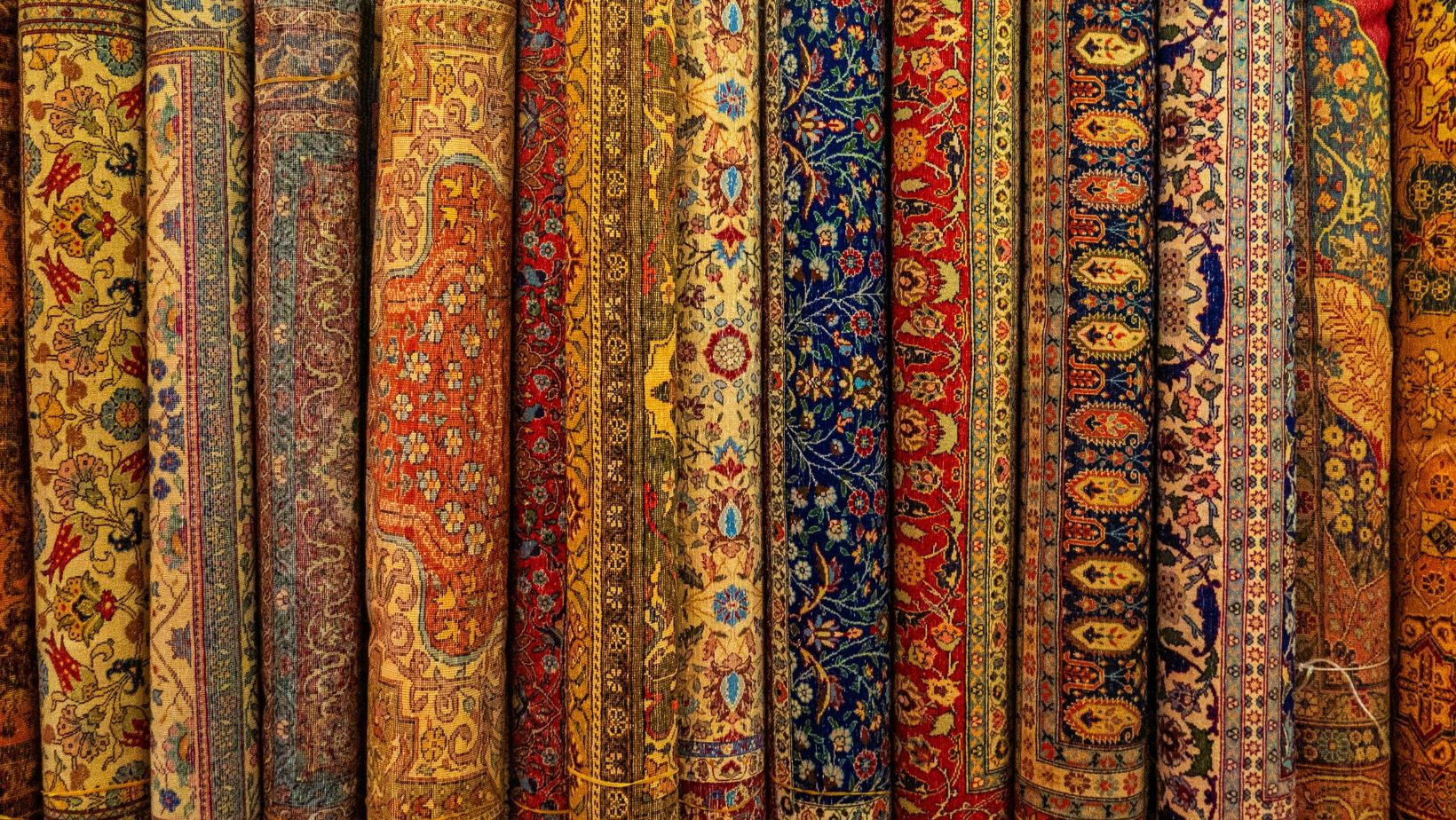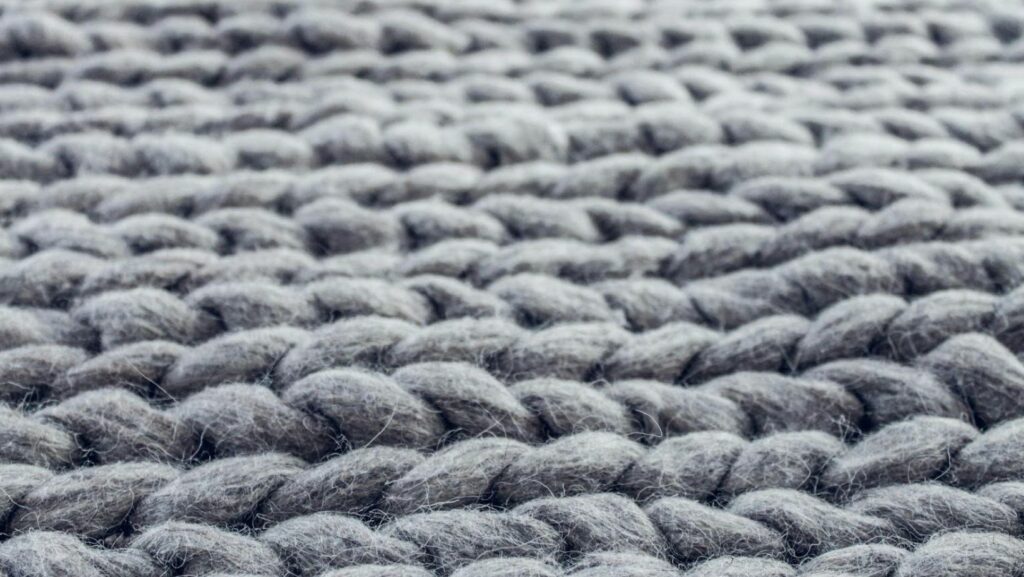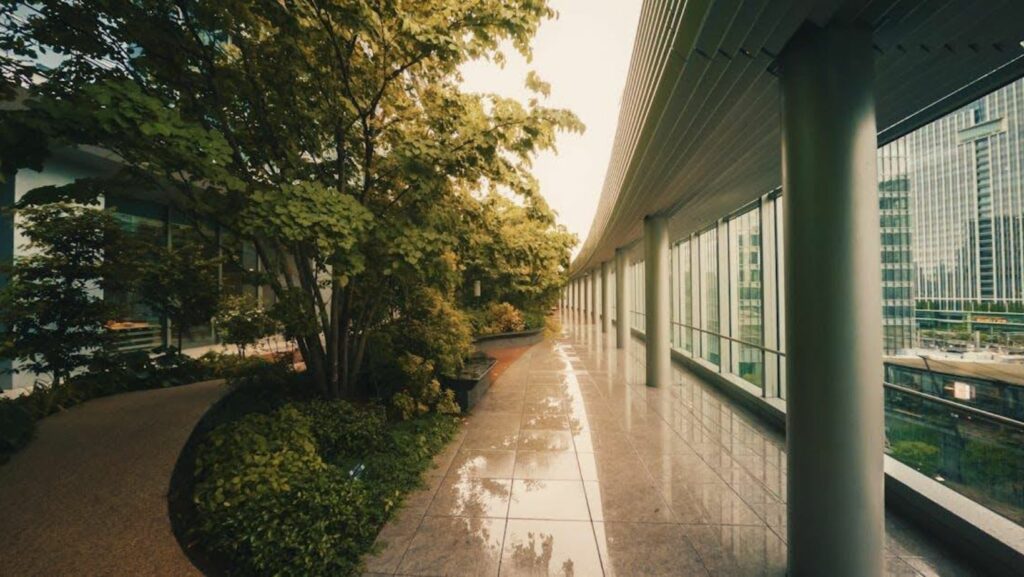Cramped by your small space and not sure where to start?
Small spaces come with their own unique challenges, the number one being a feeling of being cramped and chaotic. However, what many people are missing is…
The power of the perfect minimalist rug to completely transform the look and feel of your space. With 64% of millennials and Gen Z taking on less and less possessions throughout 2024, minimalism is no longer just a fad, but an entire lifestyle shift.
Problem:
Most people assume that small means sacrifice in style. This is far from the truth.
The trick to getting the most out of a small space is strategic minimalist design and intentional organization that creates the illusion of space while adding warmth and personality. And one of the best tools to achieve this? High-quality area rugs that fit with your minimalist style and aesthetic without overwhelming your space.
In this article you’ll learn:
- Why Minimalist Rugs Work Magic in Small Spaces
- The Science Behind Visual Space Expansion
- Choosing the Perfect Minimalist Rug for Your Space
- Size and Placement Strategies That Actually Work
- Color Psychology for Small Space Success
Why Minimalist Rugs Work Magic in Small Spaces
Minimalist rugs are not just a floor covering but an entire space transformation tool.
Consider this:
Walk into a room filled with busy patterns, dark colors, and clutter everywhere. Where do your eyes go first? Nowhere in particular. Everything just feels very cramped and chaotic.
But introduce one carefully selected minimalist rug to that space and watch what happens. A well-chosen rug creates a visual anchor that immediately grounds your space. It maintains that clean, uncluttered, airy aesthetic that makes a small area feel larger and more spacious.
The magic of minimalist design is all about simplicity. Clean lines, neutral tones, and purposeful placement all work in harmony to create breathing room where you never thought it could exist.
The Science Behind Visual Space Expansion
Want to know the best part about minimalist rugs?
The reason they work so well has actual science behind it. Light colors and shades reflect more natural light bouncing around your space and create the illusion of more space.
Patterns with geometric lines and clean shapes also guide the eye in a way that creates a sense of movement and flow.
The result?
- Your ceiling feels higher
- Your walls feel farther apart
- Your furniture seems perfectly proportioned
- Your space feels very intentional
Interior designers and architects have been using these same visual tricks for decades. The $51.8 billion rug market in 2025 proves consumers are investing in quality pieces that can transform any home.
Choosing the Perfect Minimalist Rug for Your Space
Not all rugs are created equal, especially when working with limited square footage.
Your minimalist rug needs to check a few boxes in order to be considered “perfect.”
Material matters: Natural fibers like wool, jute, cotton and more provide a great texture that doesn’t visually overwhelm a small space while also lasting a long time. Synthetic blends can work too, but stick with high-quality options to avoid looking cheap.
Pattern principles: The simpler the better here. Solid colors, subtle textures, minimal geometric patterns only. Busy designs and loud motifs will only fight with your furniture and decor for attention.
Texture considerations: Texture adds interest and warmth without visual chaos. A good rule of thumb is subtle weave, low-pile construction, or minimal geometric texture at most.
The overall goal is for your rug to enhance your space, not overpower it.
Size and Placement Strategies That Actually Work
This is where most people get it wrong…
Selecting a rug that is too small for their space. An itty-bitty rug in an already small room will actually make the space feel even smaller and more cramped than before.
The golden rules for size:
In a living area, your rug should be large enough to fit at least the front legs of your furniture on the rug. This gives you a sense of cohesion and makes your seating area feel like it’s placed there on purpose.
For bedrooms, you want the rug to extend past the sides of the bed to create that nice soft landing for your feet when you get out of bed in the morning. Visually it also helps expand the floor space.
Dining rooms need a rug that is large enough for the chairs to always remain on the rug even when pulled out. Otherwise you create that awkward half-on, half-off look that messes up the entire visual flow of the room.
Pro tip: When in doubt, always go larger with your rug. It will always make a space feel more expansive than one that’s too small.
Color Psychology for Small Space Success
Color isn’t just about aesthetics — it’s a serious psychological tool.
Light, neutral colors and shades reflect more light and bounce around your space, creating the visual illusion of more room. Soft grays, warm whites, gentle beiges and pale textures that blend nicely with your minimalist aesthetic.
Here’s the kicker:
You don’t have to just stick to stark white everything. Add some soft earth tones, muted blues or gentle greens. Adds personality while still maintaining that open, airy feeling.
The trick is to select colors that recede versus advance. Cool tones in general make spaces feel larger while warm tones make them feel cozier. In a small space, you’re going to want to nudge more towards the cool side of the spectrum.
Common Mistakes That Kill the Minimalist Vibe
There’s a right and a wrong way to do this. Keep these common mistakes from derailing your small space success:
Mistake #1: Choosing dark colors and shades that absorb light and make spaces feel smaller.
Mistake #2: Picking rugs with busy patterns that create visual chaos.
Mistake #3: Selecting a rug that’s too small and disrupting your visual proportions.
Mistake #4: Ignoring the room’s traffic flow with poor rug placement.
Mistake #5: Forgetting all about texture and creating a flat, lifeless space.
Watch out for these pitfalls and you’re well on your way to a space that feels twice its actual size.
Maintaining Your Minimalist Aesthetic
Investing in a minimalist rug is just that, an investment in your space’s overall transformation.
To keep it looking its best:

Regular vacuuming will prevent dirt buildup and matting that dulls colors and flattens textures. Occasional professional cleaning every 12-18 months to keep natural fibers looking fresh and extend rug lifespan.
Rotating your rug periodically to promote even wear is a must, especially in high traffic areas. And always using a quality rug pad underneath to prevent slipping and lessen wear from below.
Remember: A well taken care of minimalist rug will last your space years, continuing to create that elevated and spacious minimalist aesthetic that small spaces need.
Wrapping It All Together
Minimalist rugs aren’t just design elements, they are space transformation tools that make your small area feel elegant, intentional, and (you guessed it) way more spacious than before.
The secret lies in selecting the right size, color, and placement that not only enhances the room’s natural flow, but maintains that clean, crisp uncluttered aesthetic that all great minimalist design should be.
Key takeaways:
- Size up rather than down for maximum impact
- Choose light, neutral colors that reflect natural light
- Keep patterns simple and textures subtle
- Place strategically to enhance natural traffic flow
- Maintain properly to preserve your investment
Ready to start the transformation of your space? One perfectly chosen rug is all you need to change everything.



